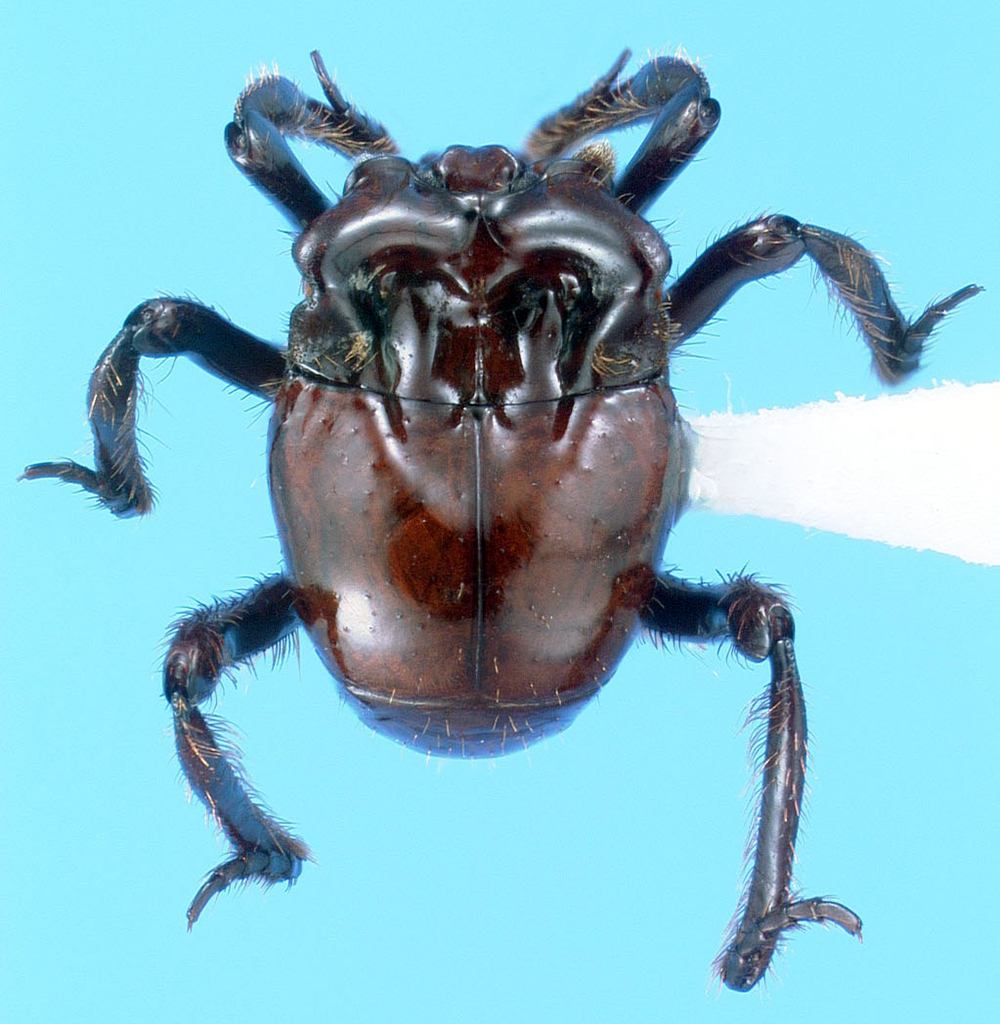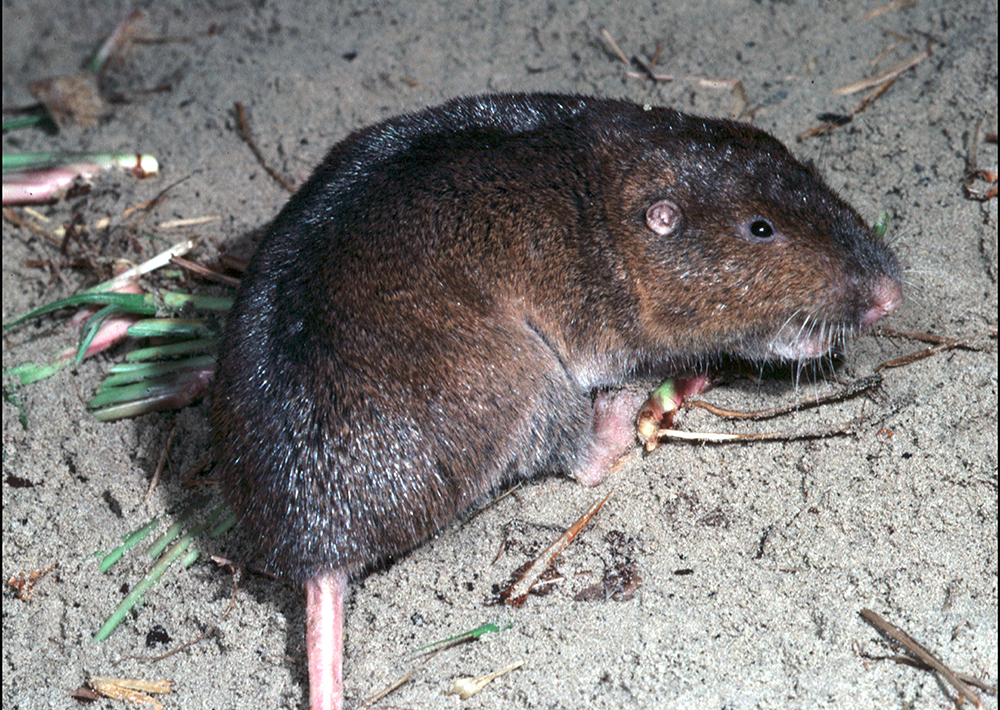
Viernes 15 agosto 2025 • 12:00 h • Auditorio I, Campus III
Peter W. Kovarik
Columbus State Community College
Myrmecophilous Histerids of Mexico
Histeridae is a group of compact, mainly predaceous beetles. A significant number are associated with ants. In the late 1800s, the Biologia Centrali-Americana recorded only seven myrmecophilous histerids from Mexico. Recent sampling efforts using flight intercept traps and colony sampling has significantly increased the known number of myrmecophilous histerids in Mexico. Myrmecophiles are social parasites that survive at the expense of their ant host. Most myrmecophilous histerids are very host specific. Those that are well-integrated with their hosts are typically small, have grasping notches, trichomes, and expanded tibiae. Some will run with the foraging ants or ride on them.

Paul E. Skelley
Florida State Collection of Arthropods, Florida Department of Agriculture and Consumer Services
Tuza Treasures: A keystone species that creates a unique ecosystem for many inquiline arthropods
Tuza (Rodentia: Geomyidae) are a well-known keystone group of subterranean rodents that help maintain healthy natural ecosystems. In addition, their burrowing lifestyle creates niches that support an entire fauna of specialized species which are found only in those burrows. This seminar presents of brief review of the ephemeral caves created by the tuza in Mexico and North America, along with a look at some of the treasures they contain

